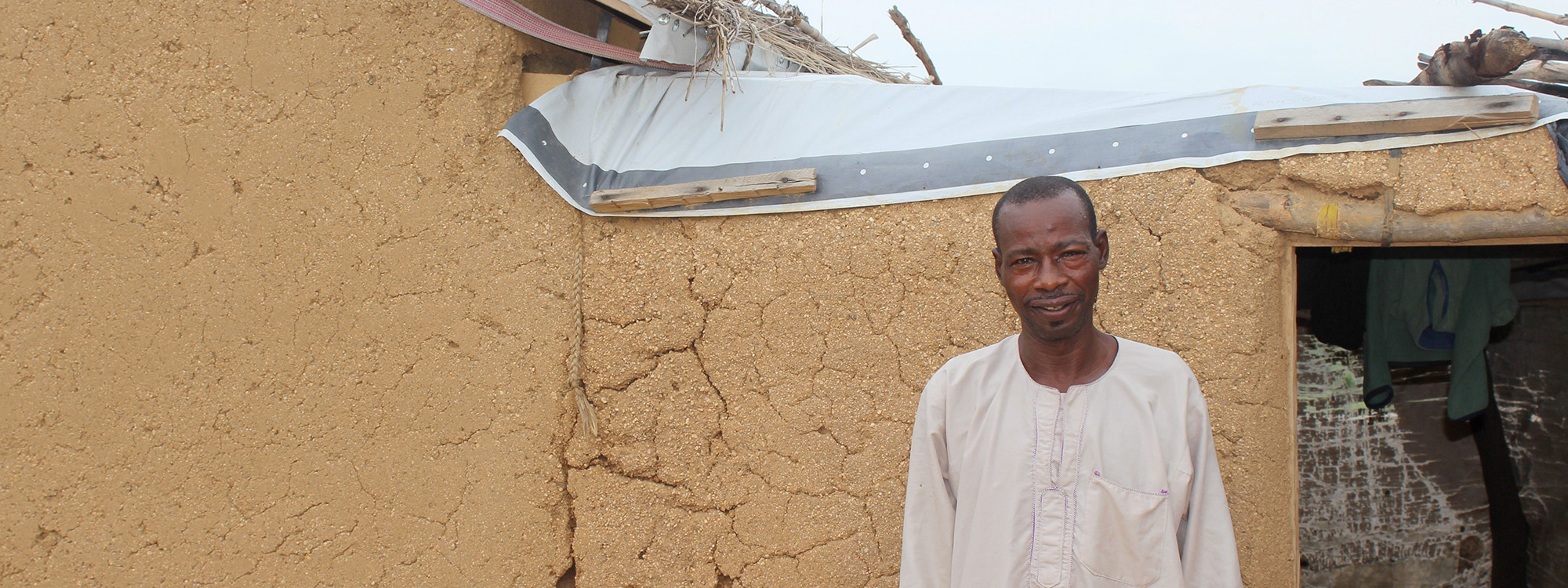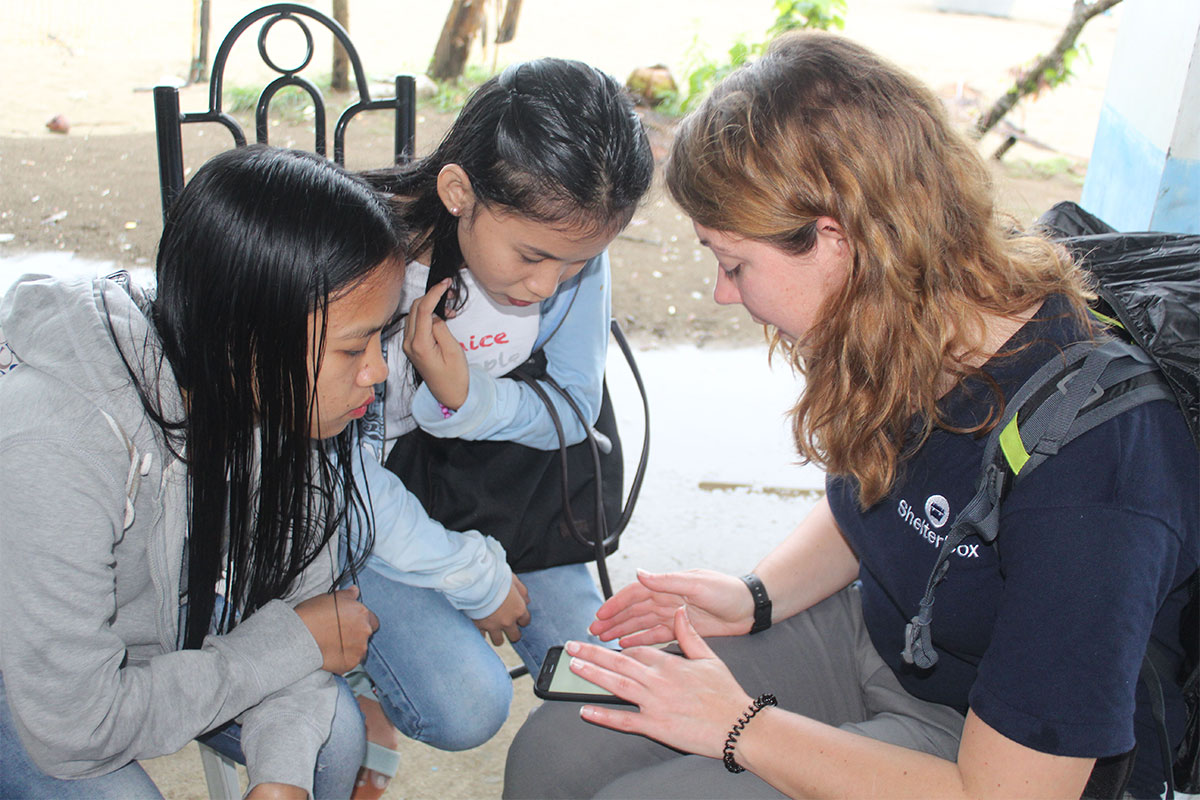
Blog
How Has Lockdown and Social Distancing Changed How We Listen to Feedback?
How do we check that what we’ve done is effective when you can’t easily go back to ask people because most countries are on lockdown and physical distancing is the new normal?
Everything we do is guided by the same goal: helping families rebuild after disaster. After our response teams have finished working with a disaster or conflict-affected community, our Monitoring and Evaluation team will go back to visit families and ask questions to understand how helpful our support has been. This means we keep on learning. By listening to feedback, adapting and improving, we can make sure the families we support are in the best possible position to start piecing their lives back together.
Monitoring and Evaluation 101:
- Find a suitable location to conduct the interview. This should be somewhere with a degree of privacy that enables the respondent to feel comfortable in the moment.
- Maintain eye contact and look to build report by showing the respondent that you are interested in what they have to say. Don’t just stare at the survey!
- Why not get a group of people together to discuss a topic? Focus groups can be a really good way of understanding why people hold a certain view on a subject.
Monitoring and Evaluation is a social science; it is as much about social interactions as scientific process. The data we enter into statistical packages is only as good as the interviews or surveys undertaken to gather this information. Our monitoring and evaluation team work hard to create an environment in which people feel empowered to tell us what they really think about our work; good or bad.
But in the COVID-19 era of face masks, social distancing and restricted movement, how can we hope to keep the essential monitoring and evaluation foundations of report building and Do No Harm at the centre of everything we do? Should we even be putting people at risk by returning to communities and asking questions about our work?
Here are a few steps that we are taking to help us keep the feedback loop open without endangering people’s lives, while we respond to the global coronavirus pandemic.

1. Information is Paramount. We know that not all places will experience coronavirus in the same way, so our first step is to gather information about the area. By doing this, we can ensure that monitoring and evaluation teams are best placed to mitigate any risks posed to them and the community.
2. Modify and adapt. Rather than take a one-size fits all approach, we want to design data gathering processes that are appropriate to the situation. In some cases, this may mean that we can maintain face-to-face contact – although likely from a distance. In other situations, we may utilize tech-based platforms or social media to understand people’s views on our work. Recently in Somaliland we spoken to families who had received aid over the phone. The important thing is that we understand the risks and limitations with each approach.

3. Plan to a fluid context. Things can change. Fast. What is considered an appropriate approach when we are planning a response may soon be considered unsafe as the virus spreads. By continually monitoring the situation we hope to keep abreast of changes in real time, adapting our approach as new information comes to light.
4. Work with the community. We need to make sure that our data gathering intentions support localized approaches to delaying the spread of coronavirus. We aim to communicate our plans to members of the affected community so that they can advise us on the appropriateness of our approach and suggest changes.

5. Triangulate data. Our Monitoring and Evaluation team use several data sources when evaluating a response. We often cross-reference information we gather through surveys with distribution reports and data collected by other organizations working in the area. This helps us to recognize when the results of a survey may have been affected by a methodology that didn’t work as anticipated. When trialling new approaches to data collection, triangulation becomes more important than ever.
Originally posted on the ShelterBox UK blog.



